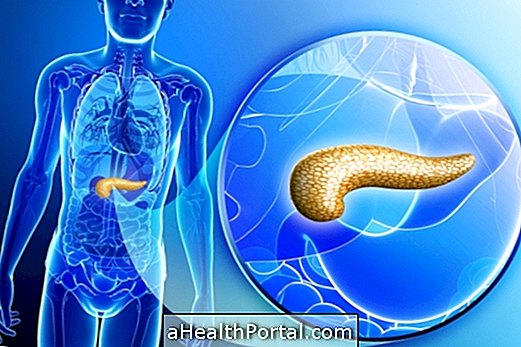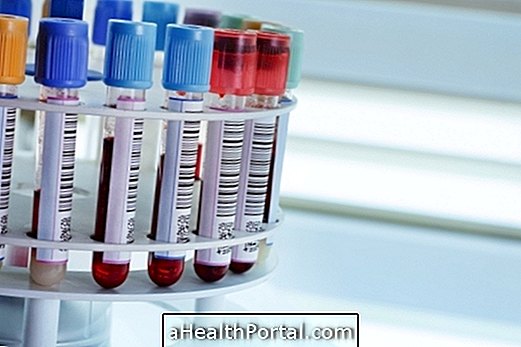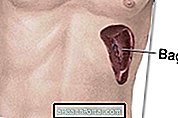Phosphoethanolamine is a substance naturally produced in some tissues of the body, such as liver and muscle, and it increases in cases of cancer such as breast, prostate, leukemia and lymphoma. It has been produced in the laboratory, in a synthetic way, in order to imitate natural phosphoethanolamine, and help the immune system to identify tumor cells, causing the body to eliminate them, thus preventing the development of various types of cancer.
However, since scientific studies have not been able to prove their efficacy in humans for the treatment of cancer, this substance can not be marketed for this purpose and is prohibited by ANVISA, which is the body responsible for approval for the marketing of new drugs in the country. Brazil.
Thus, synthetic phosphoethanolamine was only produced in the United States and marketed as a food supplement, indicated by manufacturers, to improve the immune system.

How Phosphoethanolamine Could Cure Cancer
Phosphoethanolamine is naturally produced by the liver and cells of some muscles of the body and serves to help the immune system to be efficient in killing malignant cells. However, it is produced in small quantity.
Thus, in theory, the ingestion of synthetic phosphoethanolamine, in greater amounts than those produced by the body, would make the immune system more easily able to identify and "kill" tumor cells, potentializing cancer cure.
The synthetic substance was first produced at the São Carlos Institute of Chemistry in São Carlos as part of a laboratory study created by a chemist named Dr. Gilberto Chierice to discover a substance that would help treat cancer.
The team of Dr. Gilberto Chierice was able to reproduce this substance in the laboratory, joining monoethanolamine, which is common in some shampoos, with phosphoric acid, which is often used to preserve food, however, it has not been proven that this substance would have useful effects for the treatment of cancer.
What is required for phosphoethanolamine to be approved by Anvisa
In order for Anvisa to approve and allow the registration of phosphoethanolamine as a drug, as with any new drug entering the market, it is necessary to carry out a series of tests and controlled scientific studies to identify if the drug is indeed effective, to know what its possible side effects and determine for which types of cancer can be used successfully.
Mechanism of action of phosphoethanolamine
The mechanism of action of phosphoethanolamine is not yet fully understood, however, one of the main hypotheses is that the drug can activate the mitochondria of tumor cells, signaling them so the immune system can eliminate them.
For this, phosphoethanolamine, after being absorbed in the stomach, passes into the bloodstream, being transported to the liver. Once in the liver, phosphoethanolamine binds to a fatty acid and is used in the process of gluconeogenesis that produces the glucose necessary for the multiplication of cancer cells.
Because phosphoethanolamine is bound to glucose, the cell absorbs the substance, which then binds to the mitochondria and increases its degree of function. As previously the cell was not using the mitochondria to produce energy, there is a signaling that tells the body that the cell is functioning in the wrong way. In this way, the organism can know the exact place to send the defense cells that will eliminate the tumor cells.
Know what are the conventional treatments used for cancer, how they work and their side effects.

























